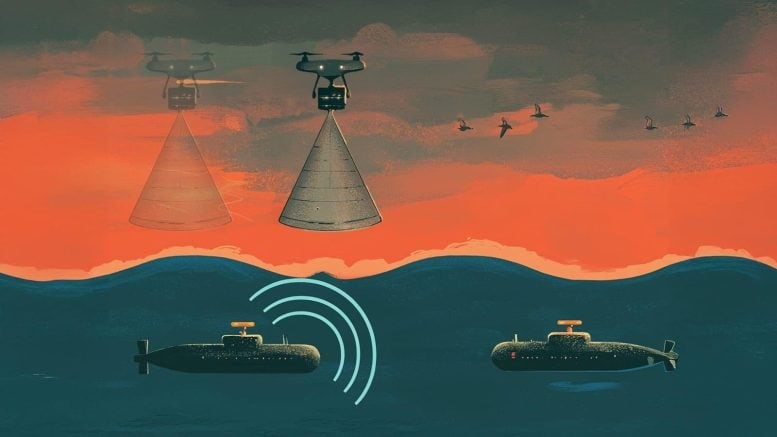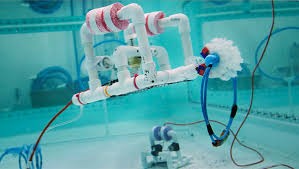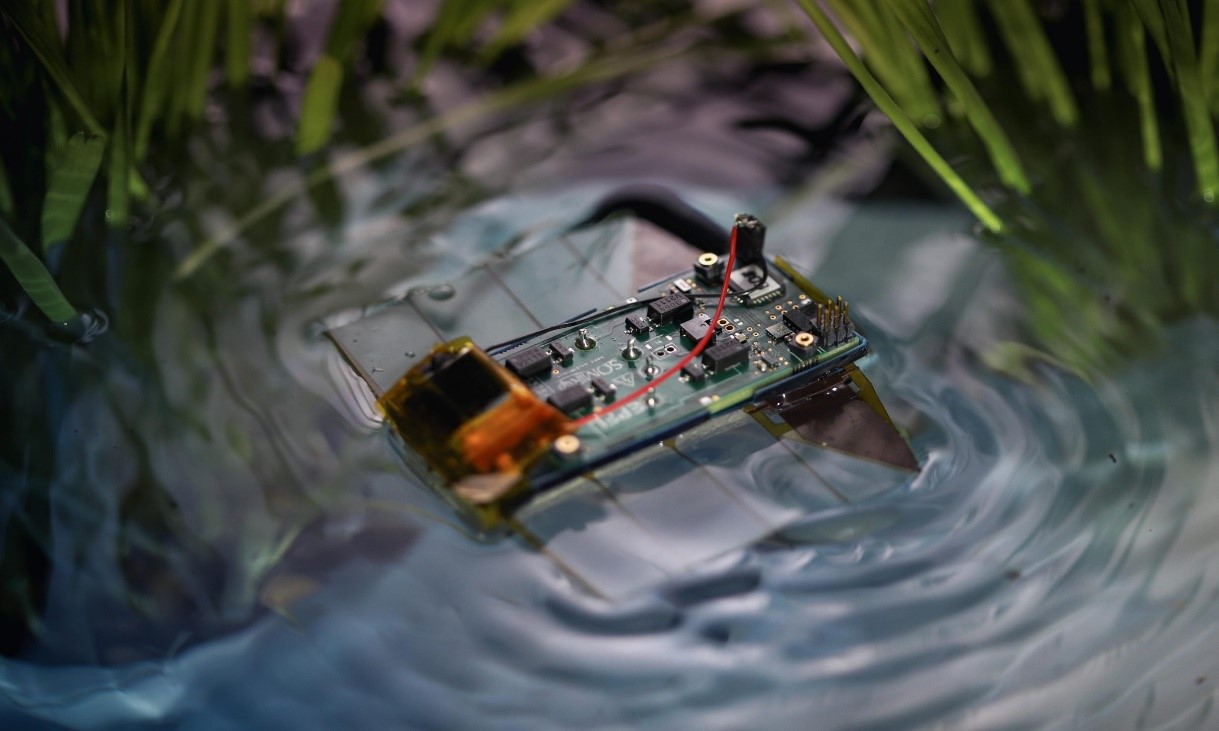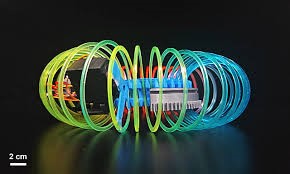Not So Secure: Drones Can Now Eavesdrop on Underwater Communications
Yasaman Ghasempour, an assistant professor of electrical and computer engineering and the study’s lead researcher, expressed hope that their proposed countermeasure strategies would be adopted by designers of acoustic transmitters for underwater communication.

Figure 1. Underwater Communications at Risk: Drones Can Now Eavesdrop.
Until 2018, transmitting messages between underwater and airborne devices was thought to be technically impossible. That year, MIT researchers developed a system to achieve this, but it required coordination between air and sea parties, including the pre-sharing of data rates, frequencies, and other technical details. However, it remained uncertain whether this method could intercept private messages from uncooperative underwater transmitters. Figure 1 shows Underwater Communications at Risk: Drones Can Now Eavesdrop.
Underwater communications are primarily protected by the natural barrier created by the difference in density between water and air, which prevents sound waves from easily passing through the surface. When sound waves carrying information reach the water’s surface, they mostly reflect back instead of transmitting into the air.
However, in 2018, MIT researchers discovered that these sound waves leave subtle vibrations on the water’s surface, acting as a unique fingerprint of the original signal. By using a drone-mounted radar and specialized algorithms, they were able to detect these vibrations, identify patterns, decode the signal, and extract the transmitted message.
Fadel Adib, an associate professor of media arts and sciences at MIT and co-author of the study, described underwater-to-air communication as one of the most challenging problems in the field. He expressed excitement and surprise at their success in decoding underwater messages based on tiny surface vibrations.
However, the MIT team’s technique required prior knowledge of key physical parameters, such as transmission frequency and modulation type, to function effectively. Building on this work, Princeton researchers developed new algorithms that leveraged differences between radar and sonar to determine these parameters without cooperation from the underwater transmitter.
To test their approach, the Princeton team used an inexpensive commercial drone equipped with radar in a controlled swimming pool environment. They placed a speaker underwater and flew the drone above the surface while swimmers introduced interference. By sending radar chirps toward the water, they detected vibrations from the underwater sound waves and decoded the message.
The team also tested their system in a real-world setting at Carnegie Lake in Princeton using a boom-mounted radar. Despite challenges from wind and waves, their method successfully identified unknown parameters and decoded messages with high accuracy—determining the modulation type with 97.58% precision.
Ghasempour emphasized that their goal was to demonstrate the feasibility of the technique using readily available, off-the-shelf equipment. She noted that a more advanced radar system could significantly enhance its capabilities.
The researchers discovered that the design parameters of an underwater communication link play a crucial role in its vulnerability to interception. Certain types of modulation are easier to decipher than others, making some transmissions more susceptible to eavesdropping. Their study offers recommendations for designing transmitters that are more resistant to such attacks. Ghasempour expressed interest in further research to develop additional strategies for safeguarding underwater communications.
Source: SciTECHDaily
Cite this article:
Priyadharshini S (2025),”Not So Secure: Drones Can Now Eavesdrop on Underwater Communications" , AnaTechMaz, pp.147















